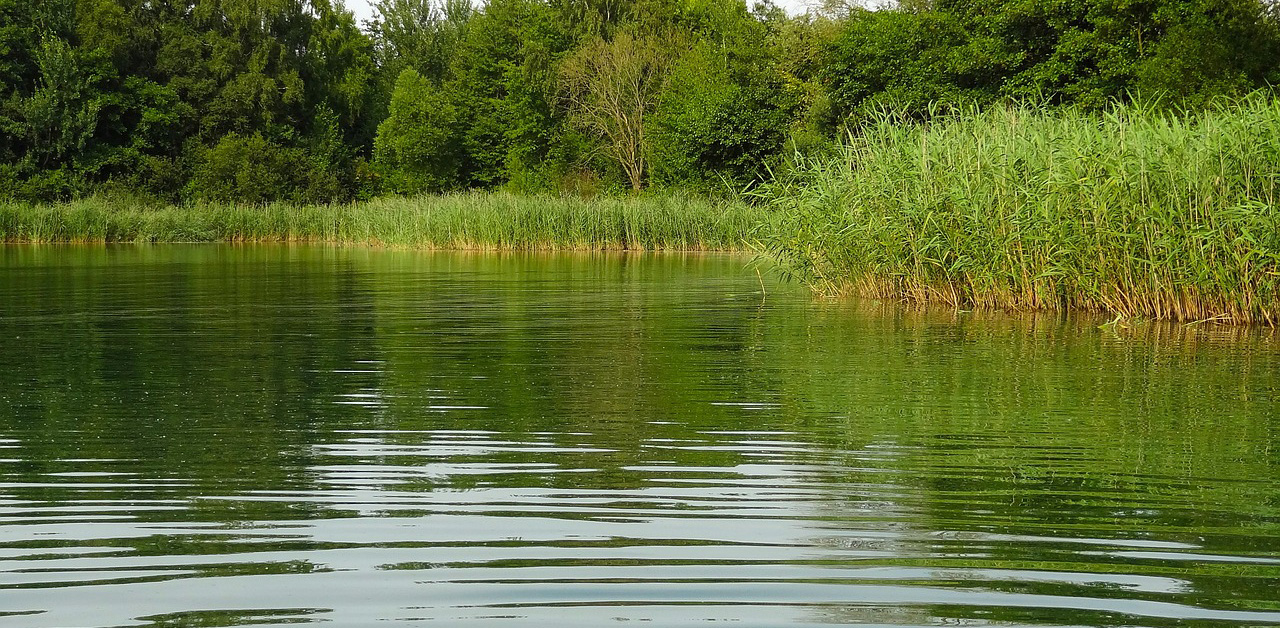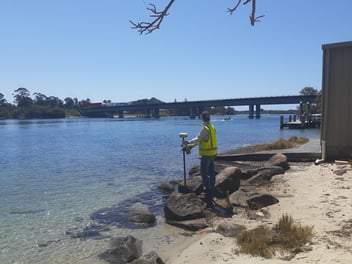Long-term strategy to help protect source water in NSW

As populations grow and land-uses change, increasing pressures are being placed on the health of drinking water catchments, but one leading water authority has established a long-term strategy to protect source water in NSW for decades to come.
Launched in 2020, WaterNSW’s Source Water Protection Strategy 2040 establishes a set of six key priority areas over the next 20 years for the Greater Sydney Declared Catchment: water sensitive towns, water-wise development, regenerative agriculture, land management, protection laws, and policy and practice.
WaterNSW Catchment Programs Manager Alan Benson said the long-term focus is all about ensuring a healthy catchment with healthy water well into the future.
“The Australian Drinking Water Guidelines make it clear that we should be protecting drinking water at its source. It’s the most cost-efficient way of ensuring high-quality drinking water,” he said.
“We are looking 25 years out to make sure that engineers designing new infrastructure can achieve the best available water quality. They will be less likely to need to develop new treatment technologies because there will be good source water quality to start with.”
Benson said Sydney’s catchment produces high quality water that only requires chlorination, coagulation and filtration for its treatment, with this success supported by protected catchment areas that were established in the 1990s.
“Despite this, we recognise that people are going to work and play in those catchments, but we really want those areas to be more guarded, as well as the immediate areas around the storages,” he said.
“The aim is to make sure that in 2040 there is no need for additional engineering processes to treat the water. But to do that, we need regularly assess our management to ensure our actions are propelling us towards our goal.”
Assessing risks
To develop the strategy, WaterNSW completed a pollution source assessment, Benson said, which focused on four of the biggest pollutant risks for the catchment – nitrogen, phosphorus, suspended sediment and pathogens.
“The risk assessment looked at each of the key land uses in the drinking water catchments. It examined those land uses from the perspective of the four pollutants that give us the most problems,” he said.
“When too much nitrogen and phosphorus comes into a lake, algal growth can occur. These can become toxic and our treatment plants are not capable of removing algal toxins from the water supply. In Greater Sydney we have avoided the algal issues seen in other catchments because of the reduced levels of nitrogen and phosphorus runoff over long periods of time.
“In Sydney we can draw from multiple places, depending on where the water is best, but there is a threshold where the treatment plants can't remove suspended sediments. We are looking to make sure water from Sydney’s drinking water catchments we stay within those thresholds, although some treatment plants may need capacity upgrades to supply water to larger populations.”
Benson said that while most pathogens can be treated with chlorination, some pathogens that are resistant to chlorination need to be kept out of the water supplied for treatment.
“Some pathogens are unable to be removed by chlorination alone, things like cryptosporidium and giardia. Our aim is to make sure we don't get those pathogens in the water we supply for treatment,” he said.
“The pollution source assessment tool was basically a model that looked at the risks of what certain land uses contributed to those four pollutants. The strategy was born out of the priorities that came from that risk assessment.”
WaterNSW is now developing the next generation of modelling with an integrated water quality modelling tool, that will enable future scenarios to be tested and ensure that ongoing catchment investments can be targeted to achieve the best outcomes.
Prioritising protection
Benson said one of the biggest risks in the catchment is grazing, with 38% of the land used for sheep or cattle, and one of the priorities of the strategy is to increase regenerative farming practices to protect creeks and rivers.
“We work with local land service and the Australian River Restoration Centre in giving assistance to local farms to put on the ground practices that ensure the best possible water quality comes off their land,” he said.
But there is also a strong focus on urban environments, too, with another priority focusing on creating water sensitive towns: “Pollution gets highly concentrated in towns, including wastewater and stormwater, so urban environments are a big focus”.
“The natural bushland around the storage is quite a large area of land, and managing that land is a priority for us, too. We’d love to make how we manage our bushland be an example for others with similar catchments.”
Enforcing catchment protection laws is also a key agenda under the strategy, but needs to be balanced with strong relationships with the community and councils, Benson said.
“There are about 125,000 people that live in the drinking water catchment, about 18% of the land is owned by private individuals or companies. For us to do a good job of protecting the drinking water, we have to have that community on side,” he said.
“We need to work with them to develop a catchment that accommodates the lifestyles that they want, while looking after the water quality. Ultimately, the things the community wants relies on good quality water, so there is a nexus there for us to work with.
“There is another nexus. When you get down to what is allowed to be done on land in a particular area, the key regulator for most of that stuff is local councils. Councils are a key partner for us. Water flows through their business from the start to the finish.”
Benson said working closely with councils is also crucial when it comes to continuing to manage development in a way that looks after the land and waterways.
“WaterNSW was the first, and for a long time the only, water authority that has the power over development in its drinking water catchments in Australia. We have the power to impose conditions on developments to ensure a neutral or beneficial effect on water quality,” he said.
“If infrastructure installed by a developer is not carefully thought through from the start, councils can end up with cheap-to-build and difficult-to-maintain assets. Working with councils to develop a water-sensitive culture is important.”
Future works
Aside from helping to protect the catchment for decades to come, Benson said there have been plenty of opportunities to embark on innovative new approaches.
“Down the track, there will be an opportunity for us to work in the carbon credits and biodiversity space. But, right now, we are doing some great work in remote sensing,” he said.
“Our biggest win to date is establishing a web-based tool around bushfire management. The interface has four separate landing sites for each of the phases of bushfire: planning, preparation, response and recovery.
“Each of those sites has different information about the landscape and contact agencies, policies and procedures. It helps with planning the reduction of fuel loads in the catchment, but can also help agencies with response when there is an active bushfire.
“We used to do this kind of work under a paper-based plan that was updated every five years, but it is now a live interface that draws on information from across other government agencies.
“We intend to expand that expertise into other areas of catchment management, so potentially it could be applied to other catchment management issues in future.”

